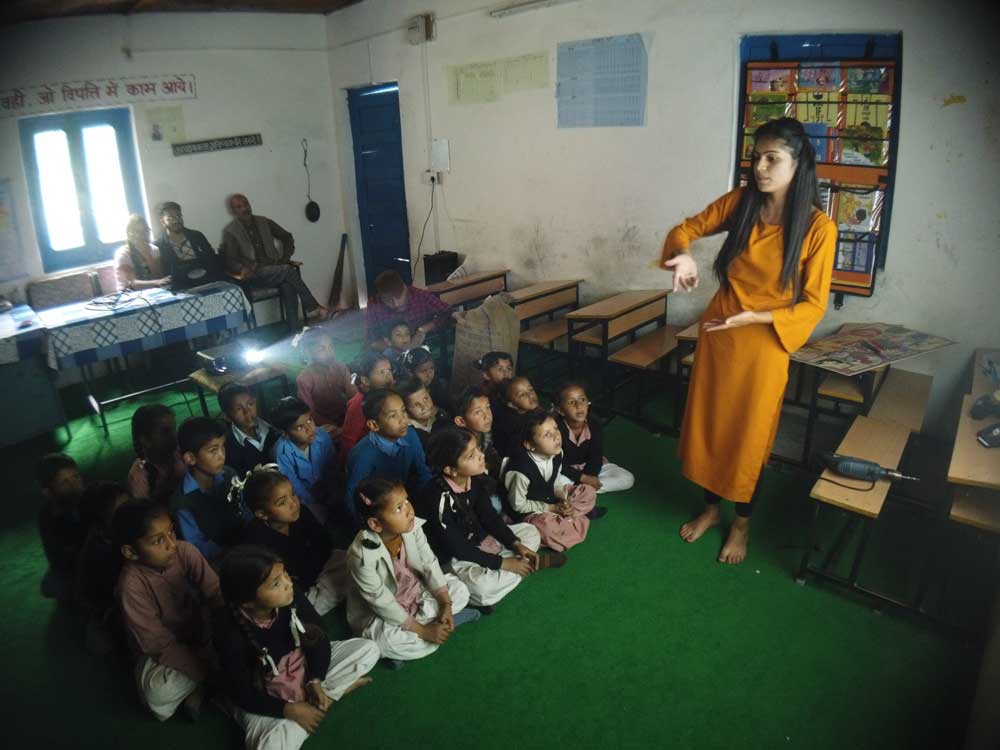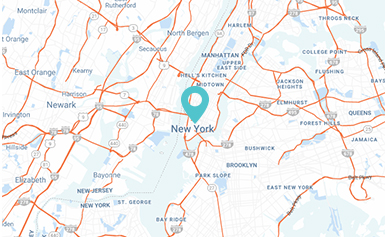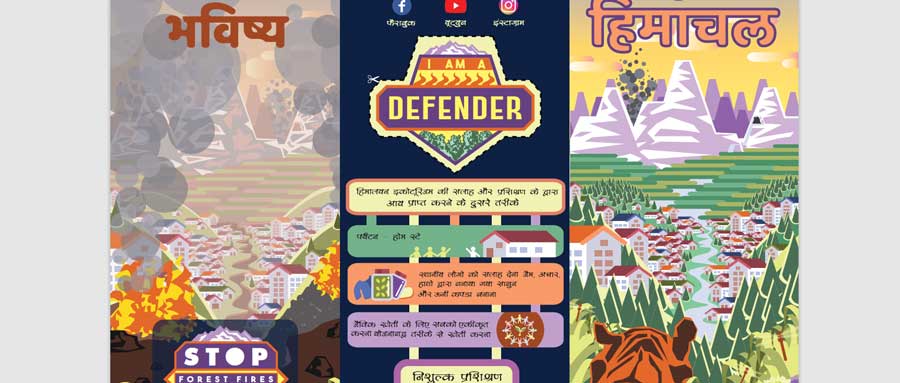The phase 3 of our stop forest fires initiative
What was the phase I ? … Understanding
We initially tried to understand how is it that so much of Himalayan forests are burned every year. How these fires happen ? Are some of them intentional ? Or are they rather of natural origin ?
After a couple of years of research with the help of interns and researchers, we understood that a large majority of the forest fires are intentional. And so, the big “WHY do the local people set the forest on fire ?” was left to be answered…
The local villagers’ subsistence depends on the natural resources. We understood that forest fires are a part of their practices to enhance their livelihood, in a very short term, with ease and without much considerations for the future of the local ecosystems.
In other words intentional forest fires in the Himalayas are somehow due to the negligence, laziness and greediness of humankind. The “tragedy of the commons” seems to be the destiny of the forests in the Himalayas too…
Well, we may wonder if the villagers are aware of the consequences of forest fires ?
Most of the persons we questioned were very much aware that setting a forest on fire is a ‘bad’ action. But when we further ask them why do people do this, they try to change the topic, ending with some kind of : “we do not know who are the madmen who do that”.
Many of them also reported that the uneducated villagers think that the smoke of the fires triggers rain, and so in time of drought we observe a peak of forest fires occurrence… (?)
Perhaps it is true, perhaps it is just an excuse not to do anything about the issue, perhaps a bit of both. To some extend, forest fires are tolerated by the locals, and so there are a shame that leave a bitter taste in their mouth. But not bitter enough to drop the practice.
From this understanding we envision an obvious way of starting our “Stop Forest Fires” project with concrete action : “Let’s bring everyone on the same wavelength, let’s make everyone aware of the real consequences of intentional forest fires”.
What was the phase II ? … Awareness campaign
When the future of the Himalayan forests and ecosystems are at stake there should be no more room for superstition and any other wrong information that bring confusion in the mind of the villagers.

We decided to launch an awareness campaign.
Large road signs were placed at strategic locations in the Tirthan valley, and hundreds of posters were placed in the villages, local dhaba and shops.
The initiative was warmly welcome by the locals. Many people were asking us to give them posters so that they could place them in their own village.
Somehow we felt that we did the right things. But after having got more feedback from the villagers, we understood that :
Even if people know the adverse impacts of forest fires they may continue because of the short-term benefits they gain,
If only one villager among 1000 still lights fire in the forest, the project is ruined,
It is very difficult to bring a change in the local mentality in that regard, especially because their society is caste- and male- dominated. Only children might have their mind ready to accept the required lifestyle change for shifting to sustainable practices.
The phase III ? … Children and social movement

Bringing everyone on the same page, i.e. understanding that forest fires are bad for the future of the local community, might not be enough to stop those few percent of villagers who set forest on fires.
We have noticed that the local individuals are very sensitive to social pressure and obligations. For instance, nobody would dare to question the power or existence of the local devtas (deities). Or nobody in a village would venture in developing opinions that are divergent from the general stream of thinking.
And so, we thought that creating a social movement against the forest fires practice may ultimately create the required social pressure on those who do it to stop.
We have given the movement the name of “I am a defender”.
With the help of a designer we developed the logo and we are planning to print T-shirts, badges, and other apparels with the logo associated with a message. These will be sold for cheap (at a loss) to the local people who may proudly join the movement and gradually become ambassadors of the Stop Forest Fires project.
Simultaneously we are getting ready to take action in the schools.
A few locals help us in that matter. Poonam, employed by Himalayan Ecotourism is being trained to do presentation in schools. Mr. KD advises us about the local culture and help us decide how to approach the community and kids. Mr. Maghar Singh, Range Officer Banjar is also a great source of inspiration.
The children will be given a colourful pamphlet explaining the issue of forest fires in simple words and with a lot of illustrations. Posters have also been designed and will be placed in the classrooms.
Last but not the least, a group of musician based in Mumbai will join us in the month of October. With us they will write and perform a rap song. The text will be a satirical story about the forest fires. It will come with a video. We hope the song/video will be viral so that the message could spread.











